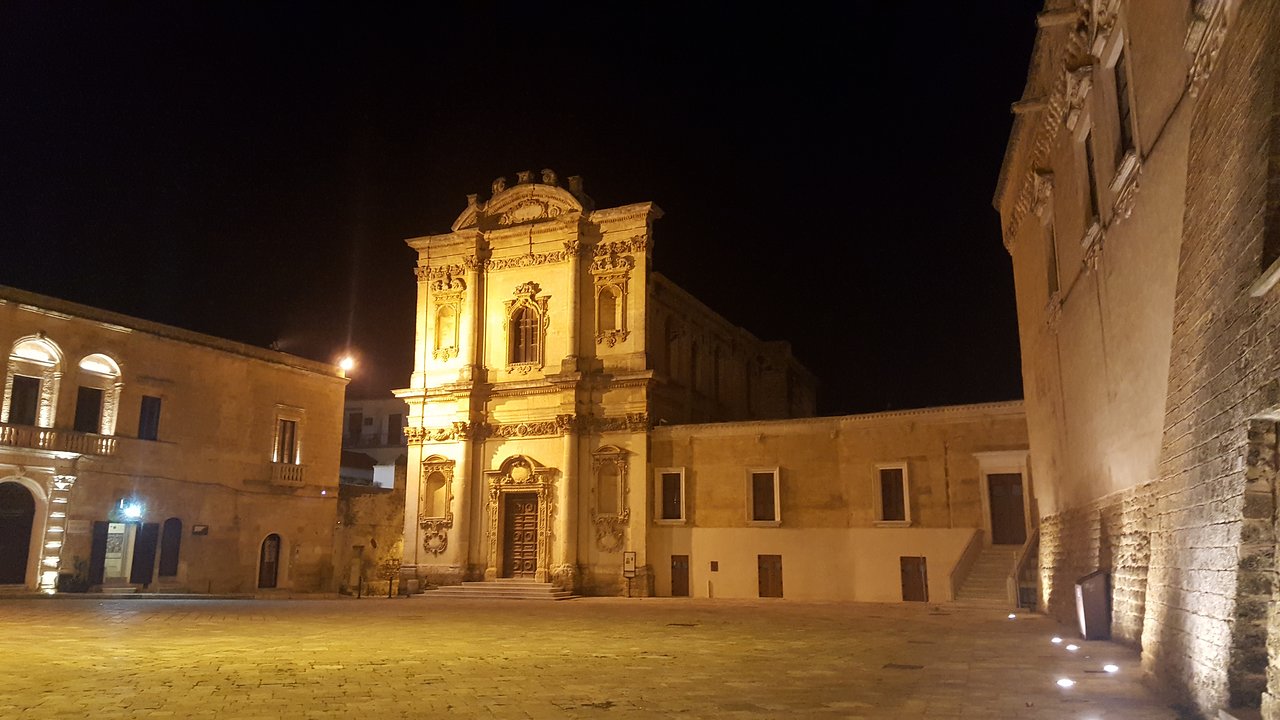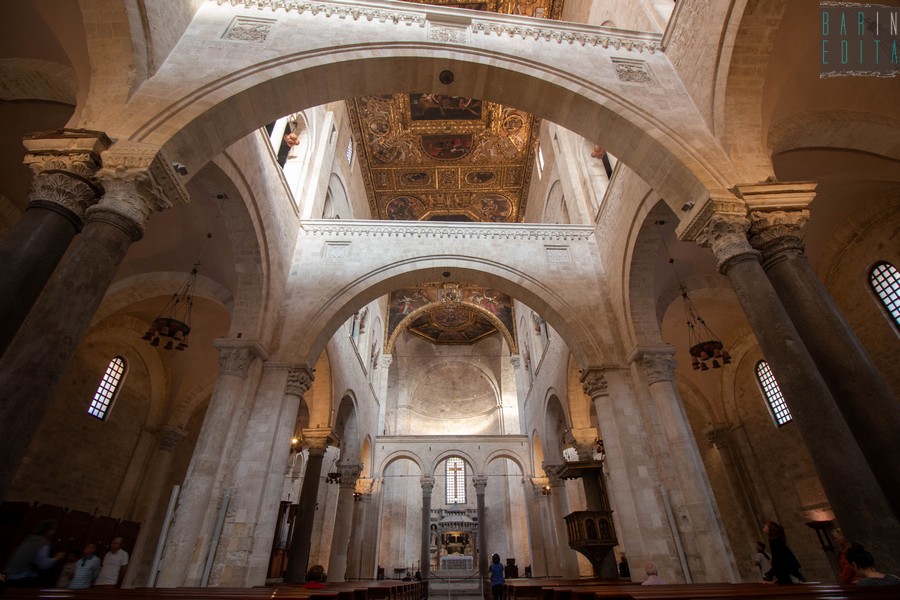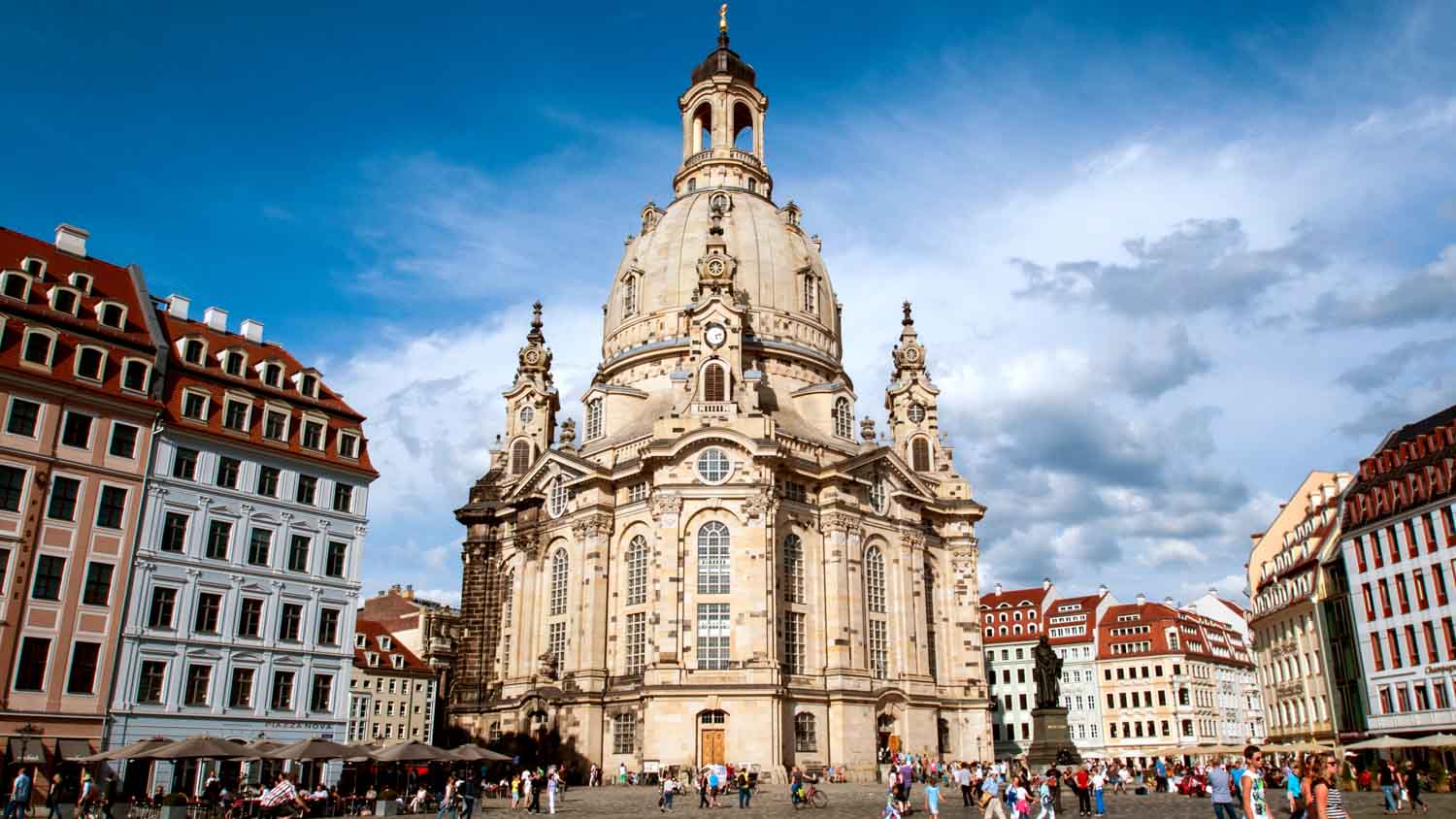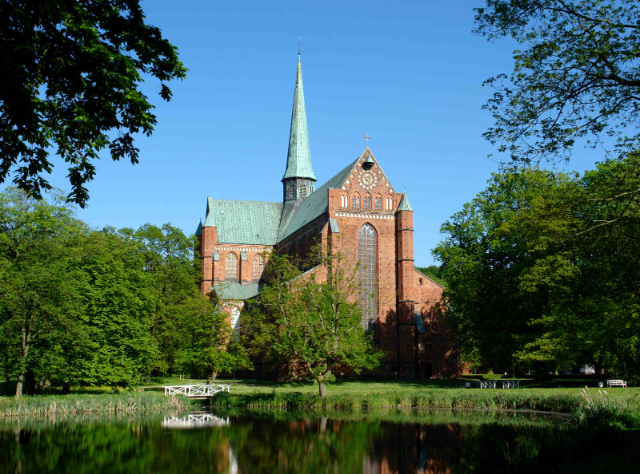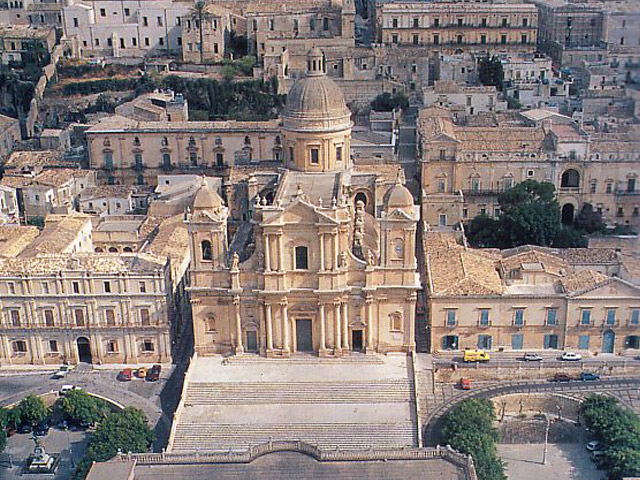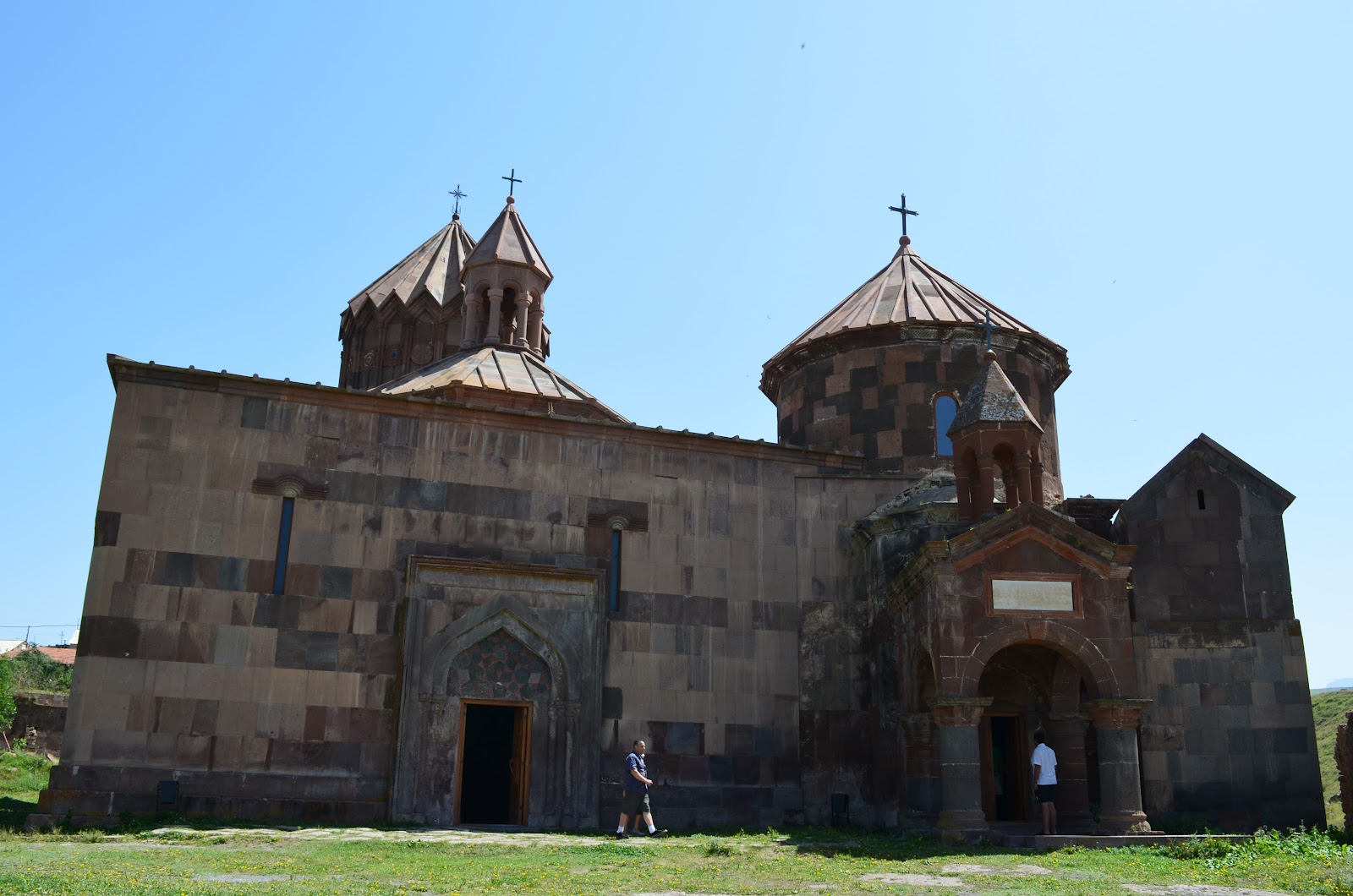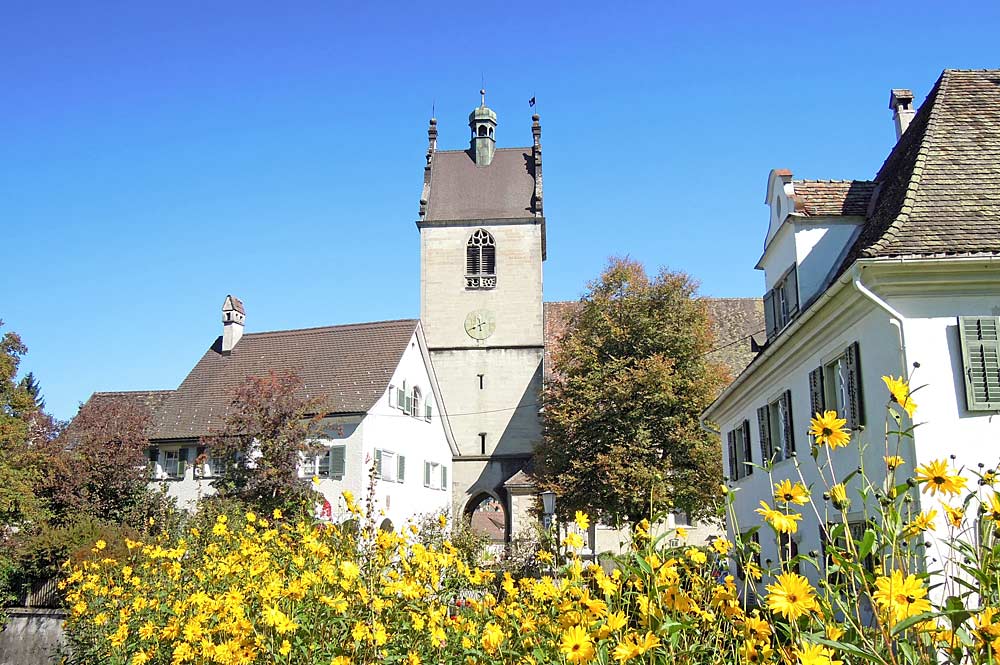The church owes its construction to the vow kept by Princess Vittoria Capano, following the miraculous healing of Prince De Angelis.
The work began around 1683 and was completed in 1699, as reported by the epigraph in the medallion on the facade.
The project of the work bears the signature of the architect Francesco Capodieci, former author of the master church and other masterpieces of Baroque art of the city.
The decorations and stuccoes were made by Giuseppe Cino and Pietro Elmo, among the undisputed protagonists of Lecce Baroque.
The façade is divided into two orders, with round columns and corner pilasters. The portal, in local carparo, is embellished with phytoform motifs and cherub heads.
Above, a curvilinear tympanum houses a medallion that perhaps housed the De Angelis’ coat of arms or the dedication to the Saint.
The decorative apparatus is characterized by two registers with festoons of fruit and interlaced leaves, as well as the delicate sculpted frames of the four niches and the central window.
Crossed the threshold, the interior has a single nave with a high altar, three side aisles and two splendid 17th century wooden pulpits.
Among the most important works inside, a copy of Christ deposed from the cross by Veronese, attributed to Andrea Cunavi from Mesagne, and some 19th century papier-mâché statues.
